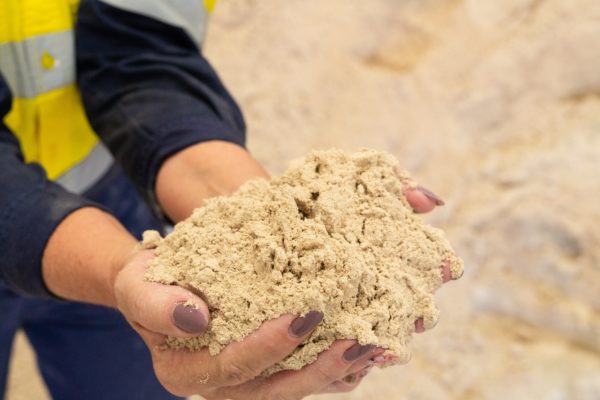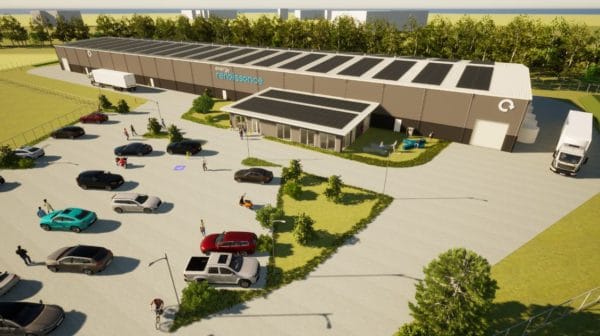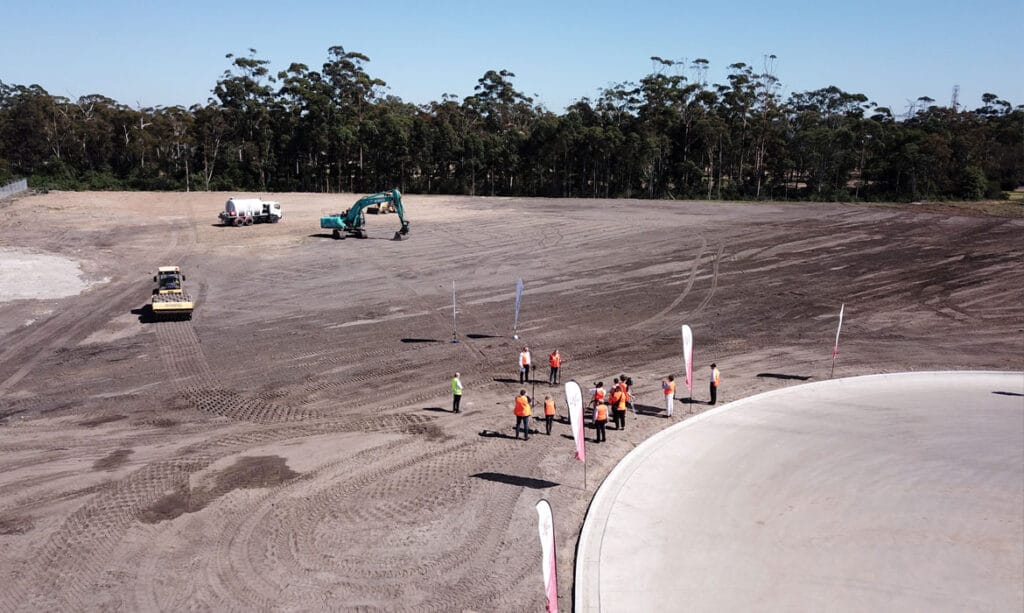Australian Prime Minister Scott Morrison unveiled the Federal Government’s Technology Investment Roadmap on Thursday as part of its $1.5 billion Modern Manufacturing Strategy which aims to leverage Australia’s mineral and resources sector to position the country as a world leader in the transition to renewable energy.
A key element in that transition is energy storage with the Australian Energy Market Operator (AEMO) identifying it in its 2020 Integrated System Plan as a critical enabler of cost-effective and reliable low-emission electricity. AEMO suggested that up to 19 GW of new dispatchable resources, including battery storage, will be needed to back up renewables in the National Electricity Market (NEM) to 2040.
Minister for Industry, Science and Technology Karen Andrews said the new roadmap sets out a 10-year vision to build sophisticated manufacturing capability in Australia in the resources sector and shows how businesses can capitalise on Australia’s access to key resources.
“Opportunities outlined in the roadmap include turning critical minerals into high-value products like batteries and solar cells,” she said.
“This funding will back businesses to pursue those opportunities and turn innovative ideas into high-value products so we can build on Australia’s competitive advantage and secure greater investment and market share.”
Energy Renaissance managing director Mark Chilcote said Australia is the only country in the world sitting on all the raw materials needed to make lithium-ion batteries and the new roadmap presents an opportunity to position the country at the forefront of an industry rapidly growing in significance and profitability.
“The Commonwealth Government’s Resources Technology and Critical Minerals Processing Roadmap will increase the value and influence of Australia’s battery industry in the global lithium value chain,” he said.
The Technology Investment Roadmap announcement comes with the demand for resources used in the manufacture of lithium-ion batteries expected to rise sharply and is intended to provide a pathway for battery raw material processing to take place in Australia.

Image: Pilbara Minerals
The announcement comes less than two weeks after the United States announced it will prioritise the domestic consumption and production of critical and rare earth minerals needed for batteries.
“Australia cannot afford to be at the end of a queue for these minerals. There is currently no commercial production of battery-grade materials and chemicals in Australia,” Chilcote said.
“But we will change this in the very near future when Energy Renaissance commences production of its batteries. We will be able to engage with suppliers of Australian nickel, cobalt, manganese, graphite, lithium, aluminium and copper and to use their materials in our batteries.”
The government announcement was delivered at Tomago, in New South Wales’ Hunter Valley where Energy Renaissance is preparing to construct a $28 million manufacturing facility.
The company broke ground for the 4,500 sqm purpose-built facility in October 2020 and a small-scale production of batteries is expected to start by July 2021 with full-scale production expected in October 2021.

Image: Energy Renaissance
It is expected the facility will have an initial battery production capacity of 66 MWh per annum, with plans to scale its Australian operation to 5.3 GWh of energy storage per annum with an additional investment of more than $200 million.
The Australian-made batteries will power stationary (grid and microgrid, renewables, community storage, mining electrification) and transport (buses, light commercial and industrial vehicles) applications. It’s expected that more than half of the batteries produced at the facility will be exported through the Port of Newcastle.
The government’s $1.3 billion Modern Manufacturing Initiative also opened on Thursday to projects in the priority area, to help manufacturers scale-up production, commercialise products and tap into global supply chains.
“Our $1.5 billion Modern Manufacturing Strategy is … focused on growing our entire manufacturing sector,” Morrison said.
“Our Modern Manufacturing Initiative will help position Australia as not just a global leader in the resources sector but also in the manufacturing of the technology used, as well as turning the raw materials into value-added products.
“Today’s funding will help unlock investment from industry to help build manufacturing capability and competitiveness in Australia’s resources sector while taking advantage of a significant global growth sector.”
This content is protected by copyright and may not be reused. If you want to cooperate with us and would like to reuse some of our content, please contact: editors@pv-magazine.com.









Will the Company be a issuing Shares as I am interested in such happening, please forward any information regarding such.